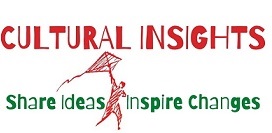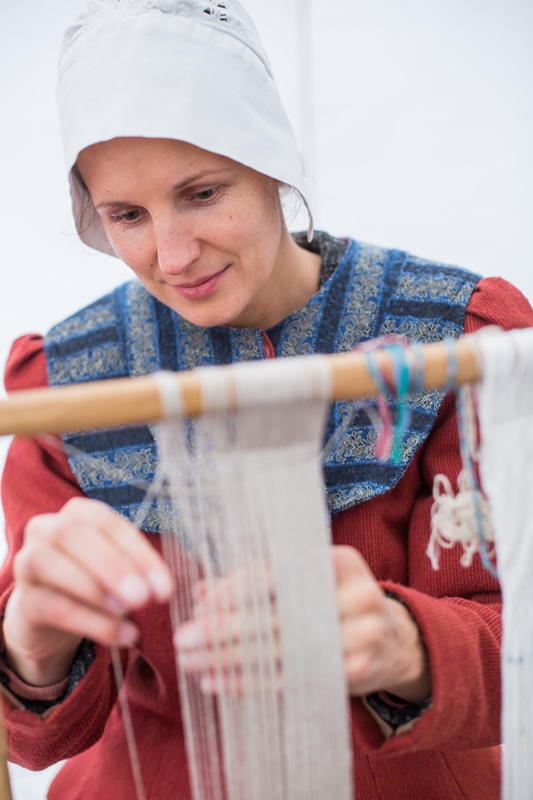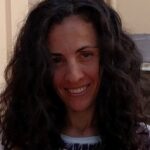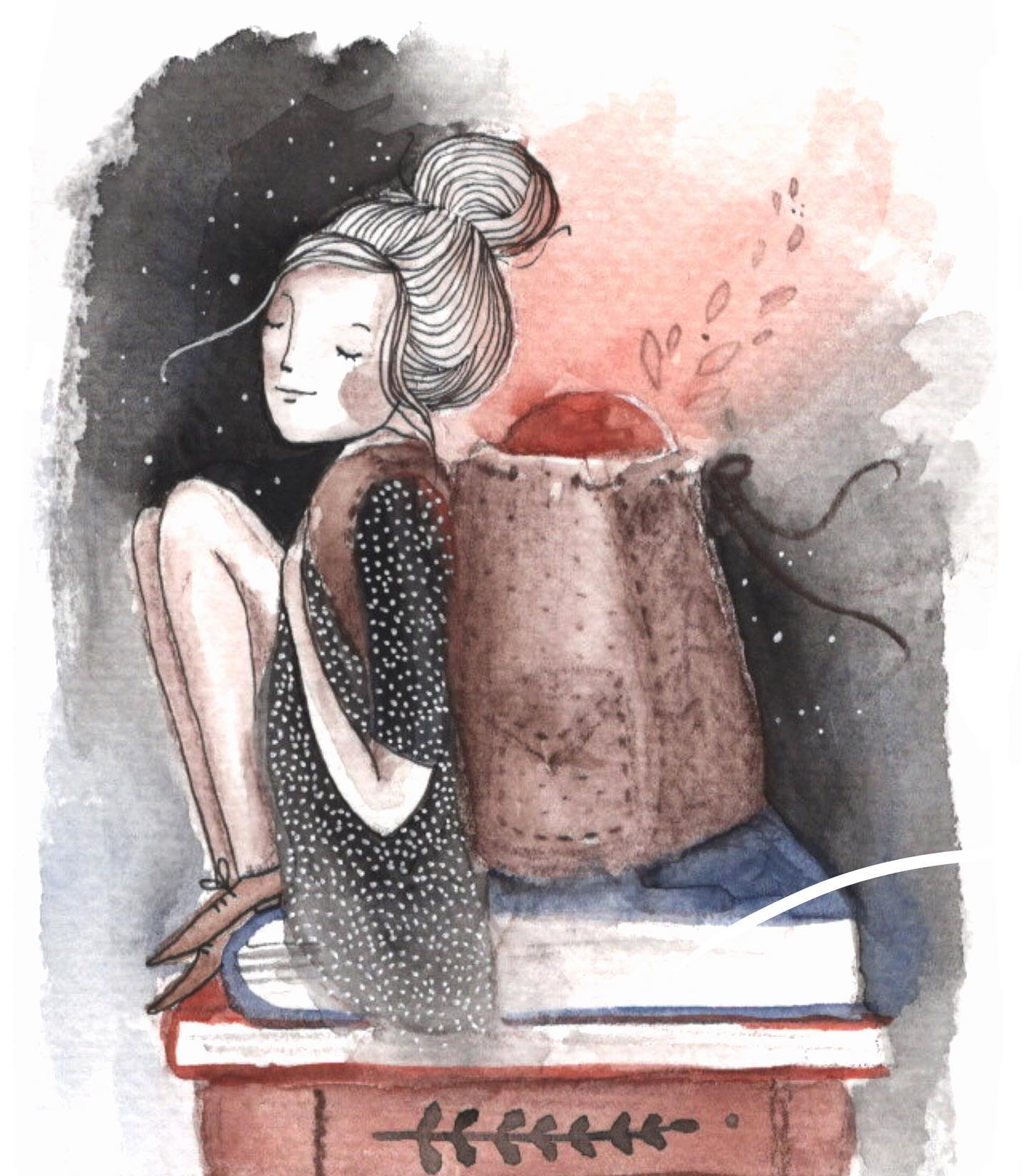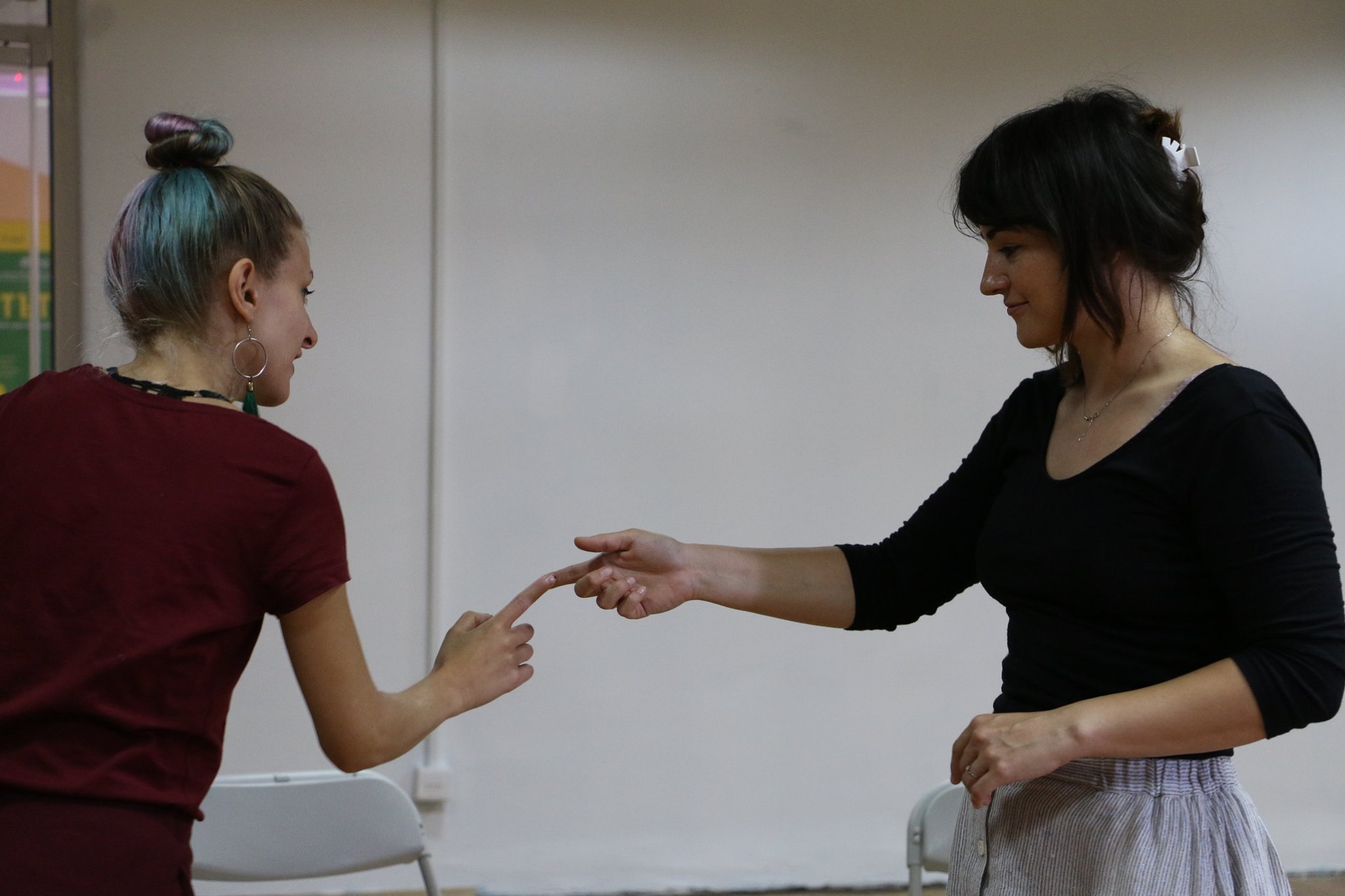Teaching ethnographic diversity with weaving and lullabies
Rasma Noreikytė is a Lithuanian artist and designer who works in the Open-Air Museum of Lithuania (Rumšiškės, 20 km from Kaunas), one of the largest ethnographic open-air museums in Europe (about 200 ha).
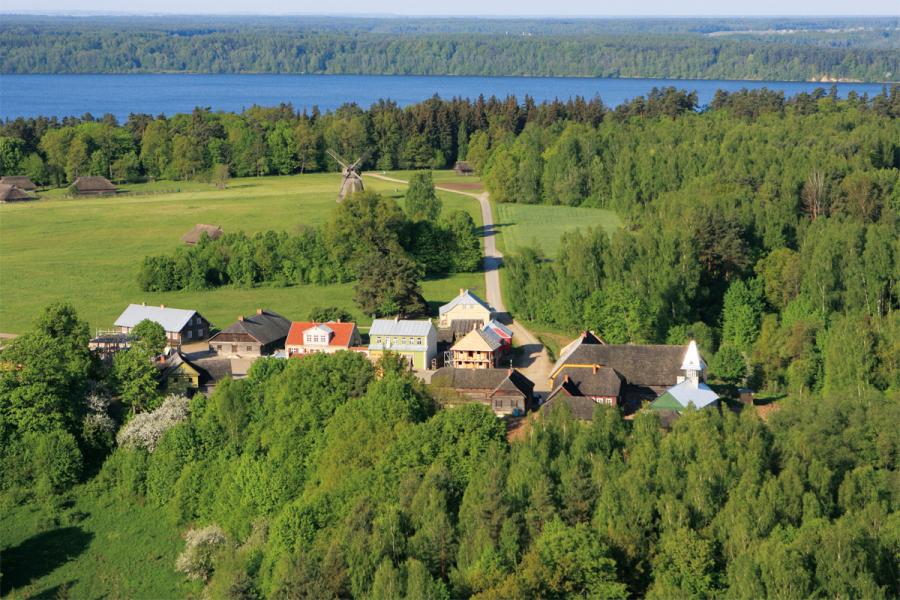
It represents a huge dynamic workshop area with over 40 different educational programmes aids learning about Lithuanian traditions of the five ethnographic regions.
The artist organizes seminars “Make your own national costume” for which she invites different experts in sewing shirts, weaving on an old loom, etc.
The Open-Air Museum of Lithuania did not participate in the official program of the Kaunas 2022 focused on foreign tourists, but the museum widely popular with local communities.
Locals particularly appreciate original programmes that offer insights into teaching children traditions and good manners.
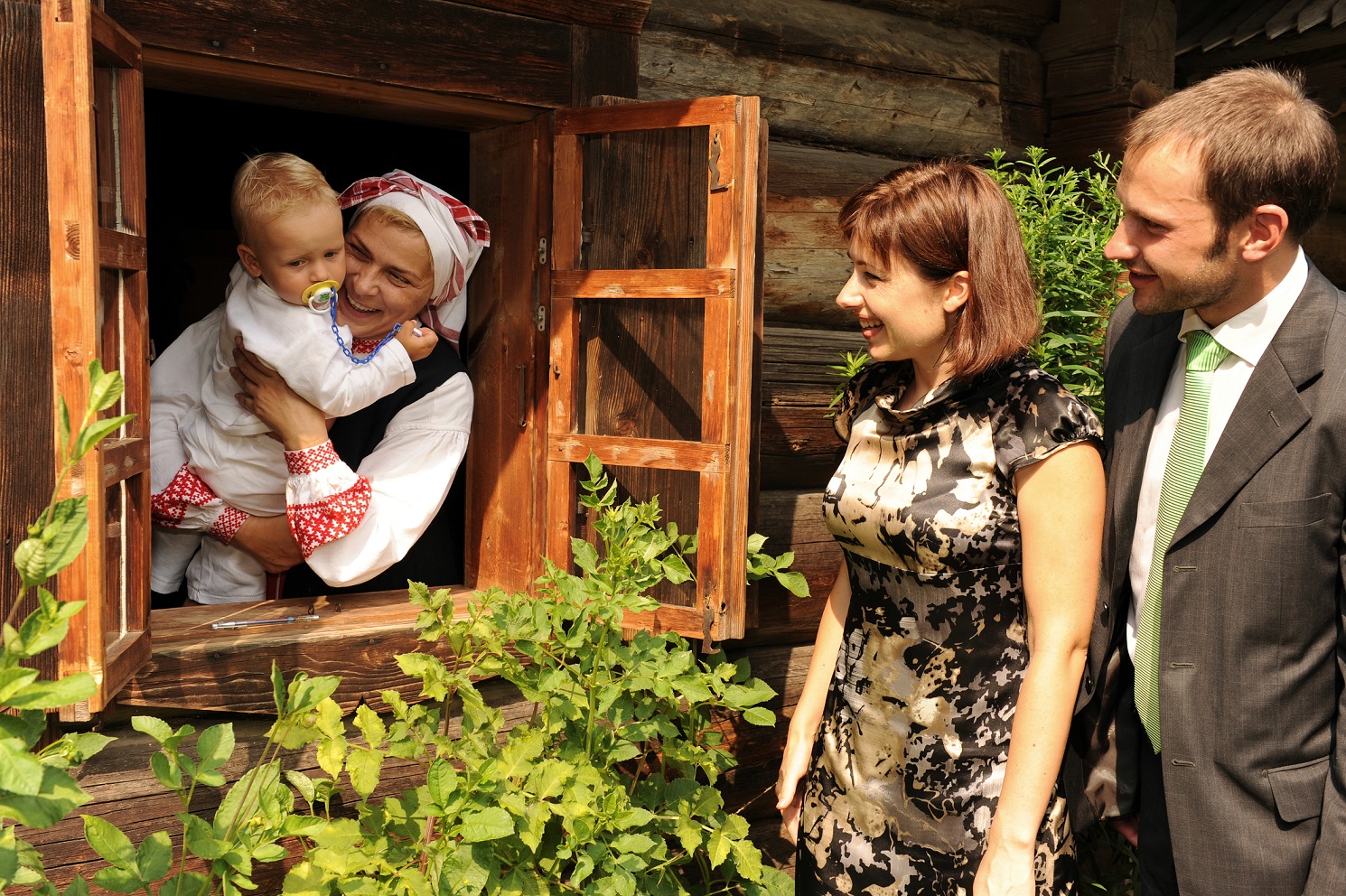
Most educational activities have their roots in the 19th-century traditions; they were carefully researched and found their reflection in the original workshops.
For example, one educator bases her interactive course on the spring tradition of greeting storks, and she links it to culinary traditions, introducing participants to the dishes and recipes used at that time.
Another popular program for children is „Infancy and childhood in the old house“. It covers the child's christening celebrations, lullabies and games in the Lithuanian countryside.
Guests also can play with old wooden toys, taste "birch porridge", participate in the workshops ‘Put the doll to sleep' and ‘Make a "sucker", try on the clothes and shoes of that time and do some children’s jobs.
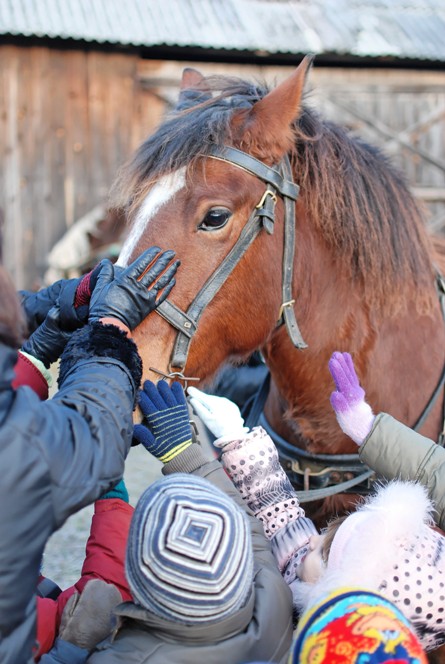
The bread and chocolate of the Lithuanian creativity
Rasma represents the northern Lithuanian region Samogitia the main centre of Lithuanian culture in the 19th century that traditionally tended to oppose any anti-Lithuanian restrictions.
‘Samogitian people can be described as dignified, stubborn, brave and militant, and I think all these words describe me too’, - says Rasma who works with old weaving techniques in the museum and teaches the art to others.
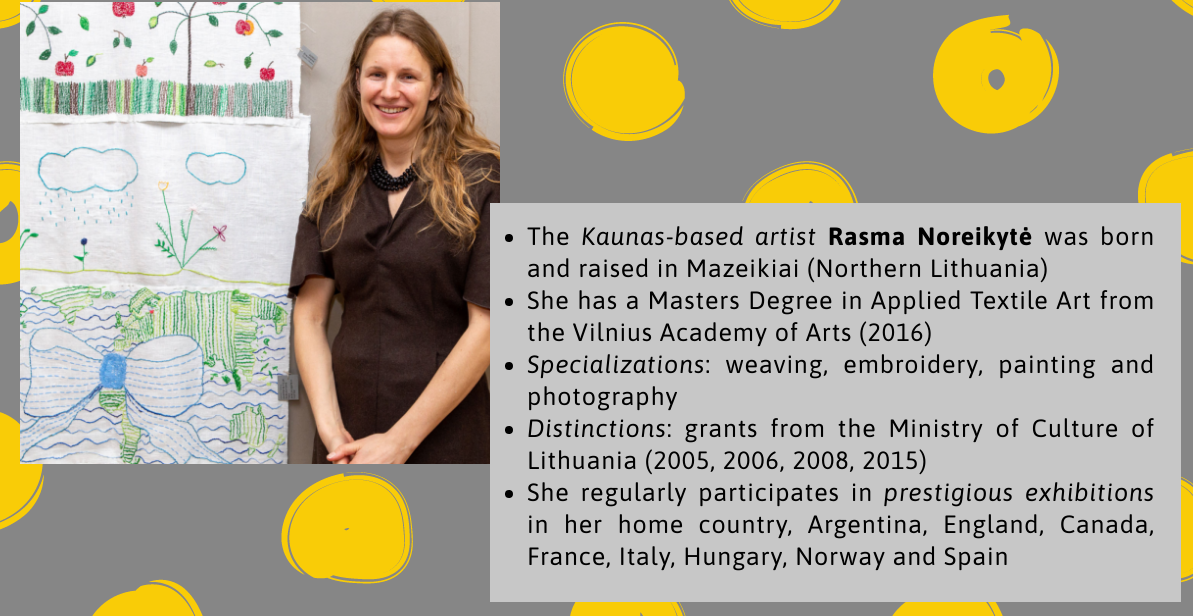
The artist often participates in international exhibitions with her weaven artifacts. With contrasting elements, she highlights similarities of human feelings and experiences.
Her works based on personal experiences but raise universal modern themes of identity, racial discrimination, social exclusion, ageing, national traditions and time.
Her art expands the old traditions of weaving and enriches innovative digital art forms. The harmonious interplay of black and white is a recurring motif of Rasma's style. The tapestry Metis is her most popular work.
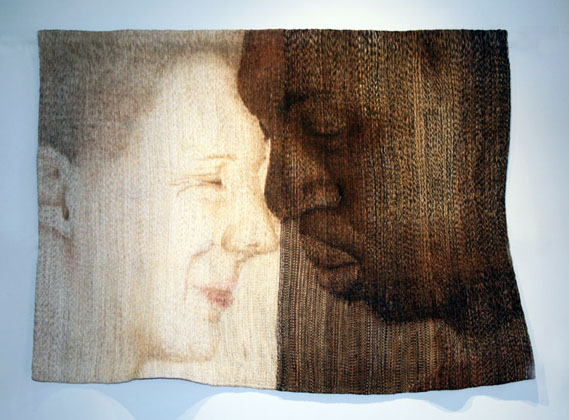
The video 'La strada di cioccolato' is a Rasma's recent work for Latitudo - Art Project (Italy). The director of the project Benedetta Carpi De Resmini invited the artist to participate in Rodari Online - Evening Readings and create a short video for one of Gianni Rodari’s tales.
Latitudo – Art Projects is a smart, sustainable and inclusive cultural project, the leading partner of Kaunas Biennial.
‘I chose the novel The Chocolate Road because it struck me by its symbolism - the contrast of black and white: black is chocolate and white is biscuit, - says Rasma. – In the modern context, it has two important implications: constant disagreements between black and white people and the controversial role of food and conspicuous consumption. These and other aspects of this novel reflect on our irresponsibility in daily life like eating and spending in excess’.
To put more emphasis on these social problems, Rasma replaced biscuit with bread, which is daily food as opposed to chocolate that epitomizes rather excessive use.
This helped the artist in the best way possible to represent the main idea of The Chocolate Road: it’s unclear if three Barletta's brothers can eat again a lot of sweets and if there will be other lucky children.
Upcoming: New tapestries inspired by long walks
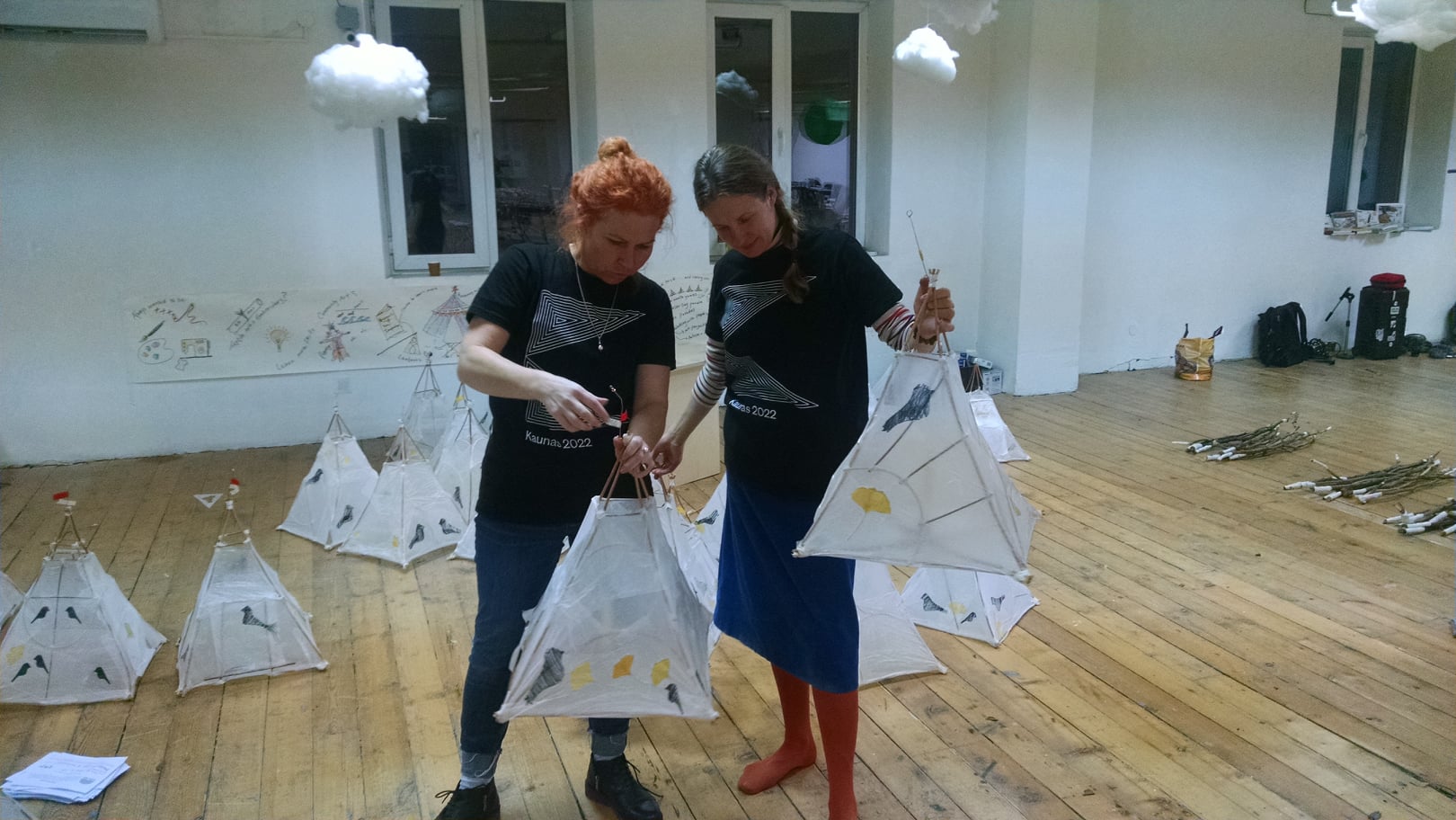
‘At the moment, I’m collaborating with my friend a photographer with whom we were taking pictures which I will transmit on to fabrics I weave, - shares her plans Rasma. - During the pandemic time we had some long walks, talking about who we are, what our roots are, how our behaviour, feelings depend on our ancestors’.
This post is part of the project the Month of Cultural Exchange between creative practitioners of European Capitals of Culture. More details are on my November 2020 Facebook timeline.
